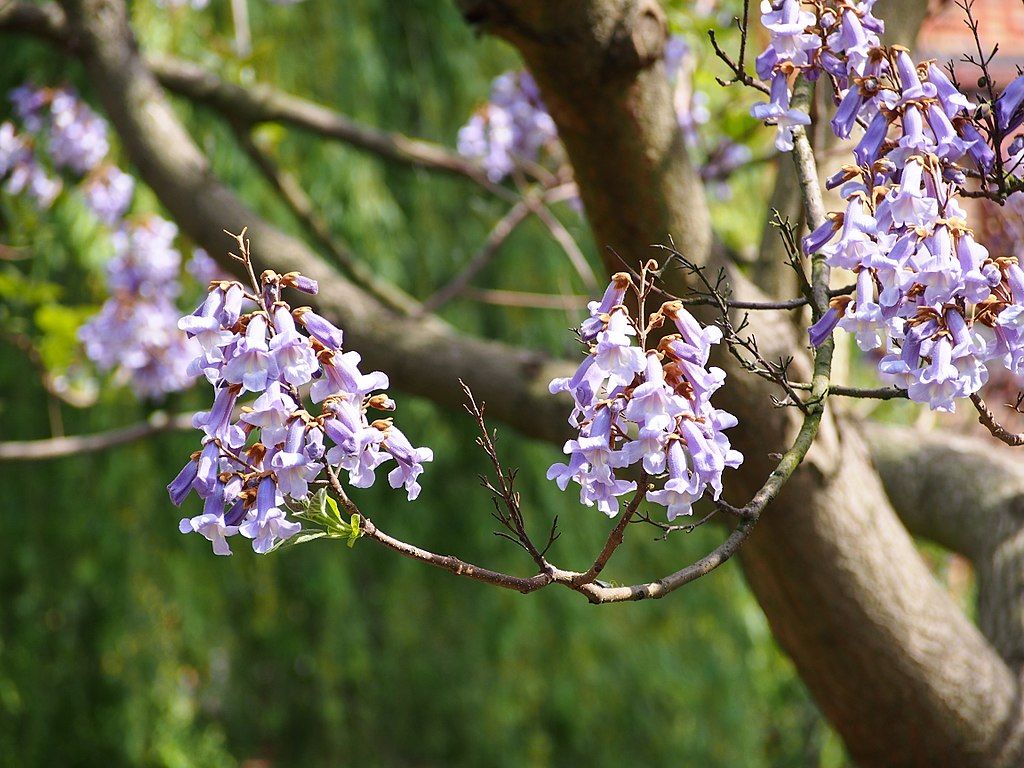
This gorgeous tree with large violet flowers is blooming now in Allegheny County. It grows fast, provides shade, looks beautiful and smells sweet. What could go wrong?
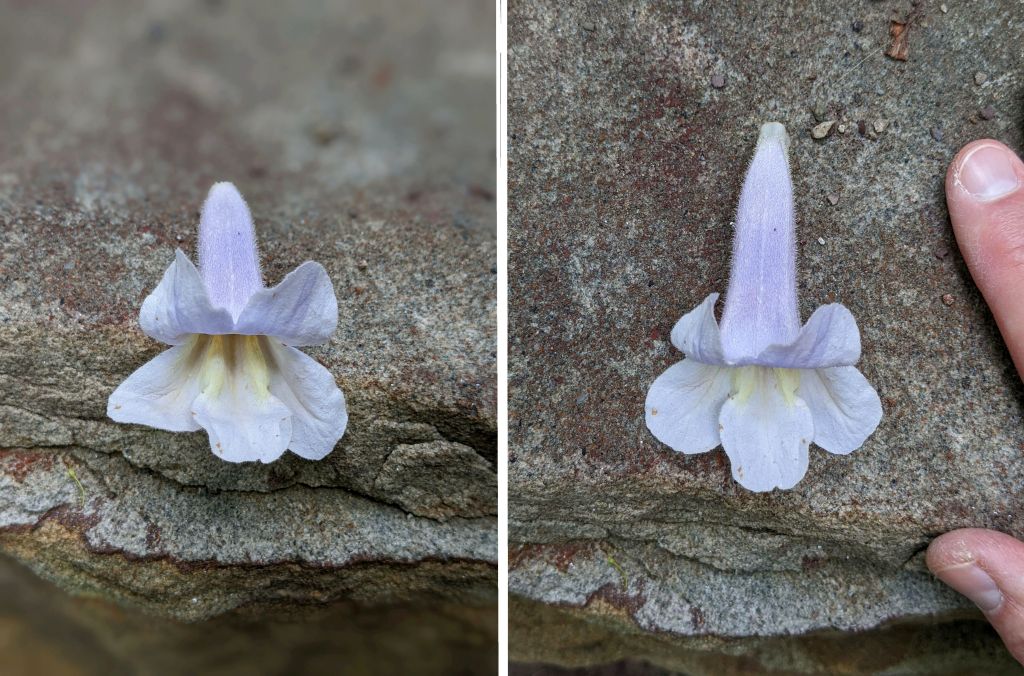
The princess tree (Paulownia tomentosa), also called empress tree or royal paulownia for Anna Pavlovna of Russia (1795-1865) is — or was — popular in ornamental gardens. It was first introduced to the U.S. from China in 1840 and planted in the eastern U.S. and Washington state.
Initially it was a gardener’s dream. It is easy to grow in full sun, thrives in many soil types including disturbed soil, is tolerant of drought and pollution and grows 15 feet per year. It also reproduces like crazy. One tree can produce 20 million winged seeds that are dispersed by wind and water.
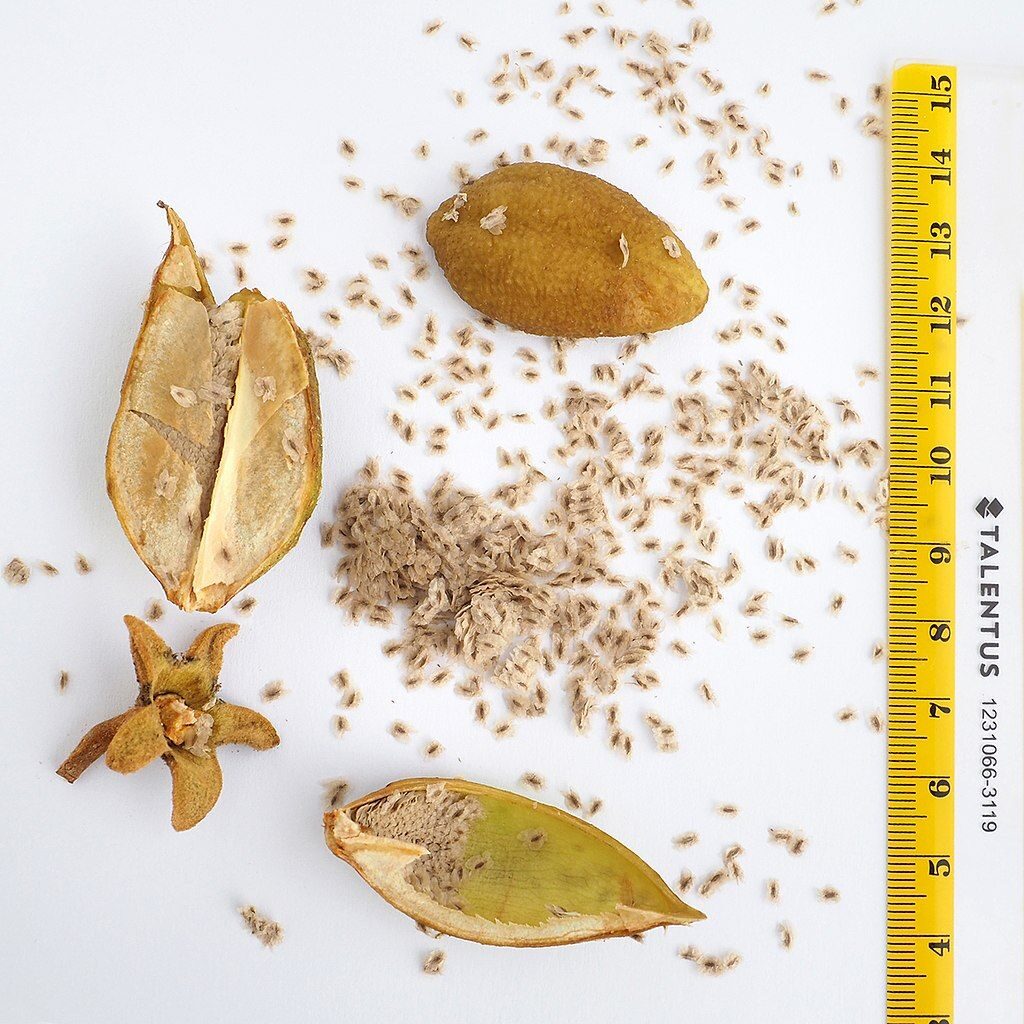
And …
Paulownia tomentosa’s ability to sprout prolifically from adventitious buds on stems and roots allows it to survive fire, cutting and even bulldozing in construction areas; making it difficult to remove from established areas.
— Texas Invasive Species Institute: Paulownia tomentosa
This one was chopped down but it came back stronger than ever. Notice the huge leaves.
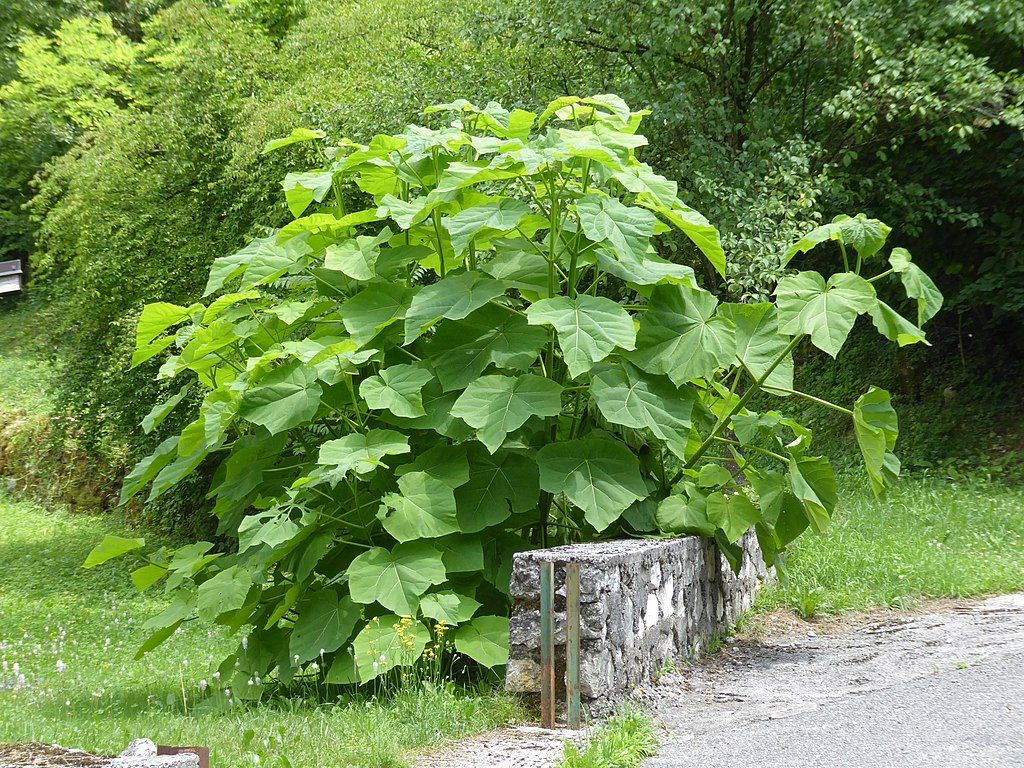
Eventually botanists and gardeners realized that P. tomentosa is invasive. This map of paulownia’s occurrence in the U.S. …
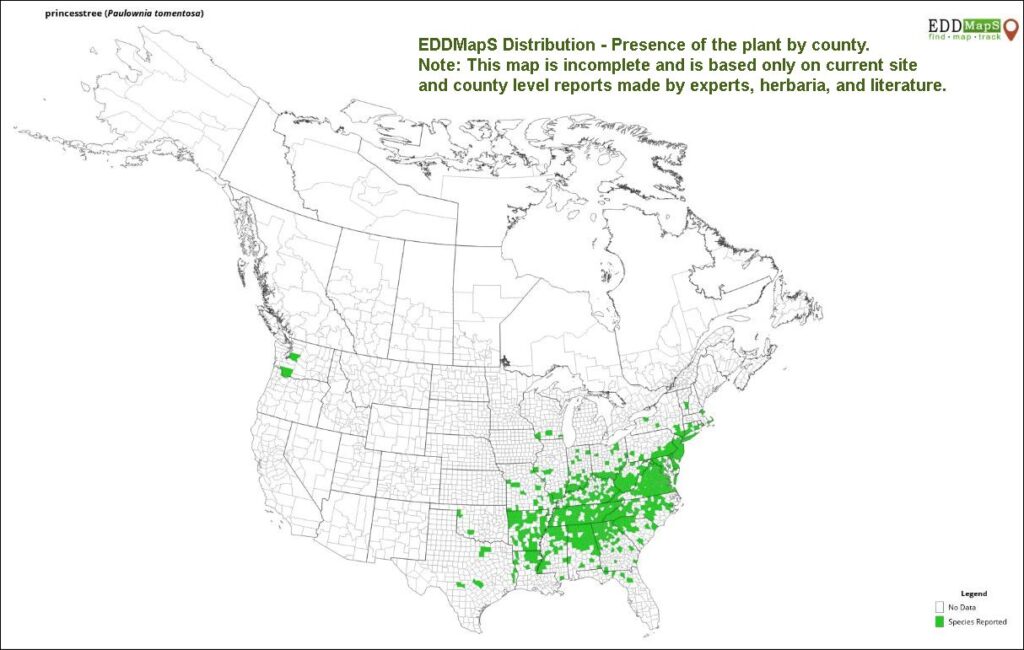
… nearly matches the map of its State Invasive listings. Maryland and Massachusetts have outlawed it.
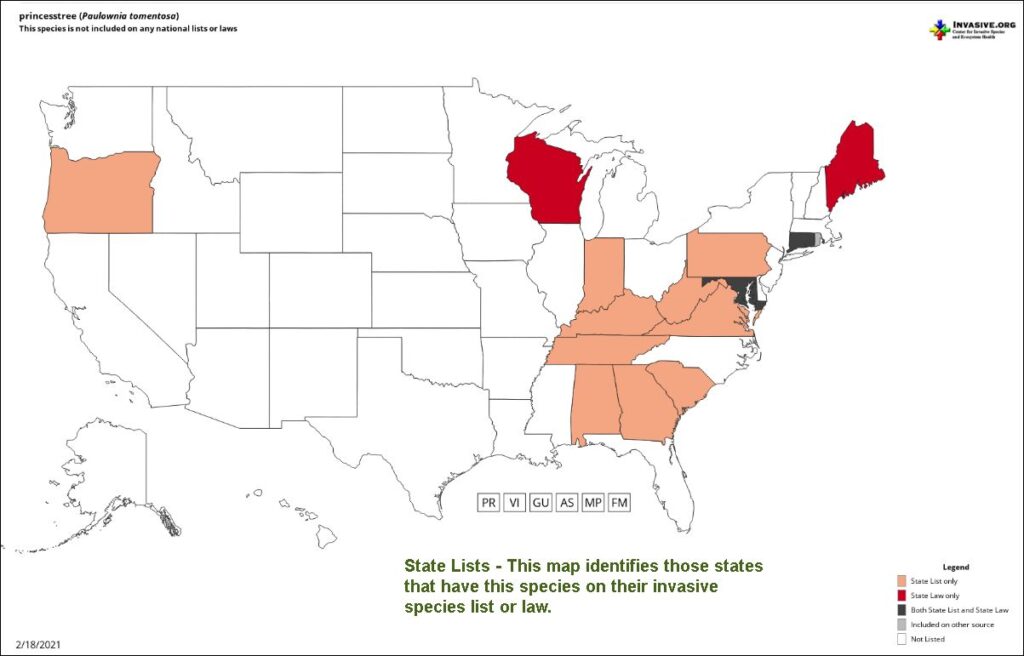
Years ago I knew of only one princess tree in Pittsburgh, this one next to the Schenley Bridge near the corner of Frew Street and Schenley Drive.
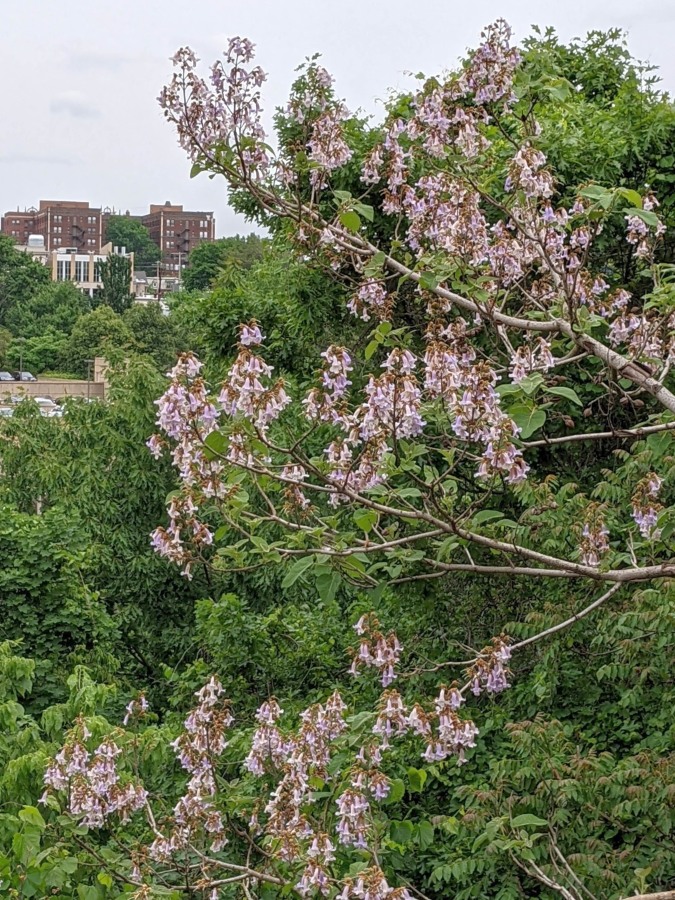
Then a few years ago a volunteer sprouted in Schenley Park near the tufa bridge over Phipps Run. When it reached 20 feet it was cut down and its roots were dug up. However, this spring there are four paulownias near the tufa bridge. The genie is out of the bottle. Uh oh!
Learn more about the invasive princess in this video from University of Maryland Extension, posted at invasivespeciesinfo.gov.
p.s. P. tomentosa has been suggested as a plant to use in carbon capture projects. Nooooo! Don’t do it!
(photos from Wikimedia Commons and by Kate St. John, maps from EDDMapS; click on the captions to see the originals)
You can add Upstate NY to the map of where it grows. Grew out of a stump just like this.